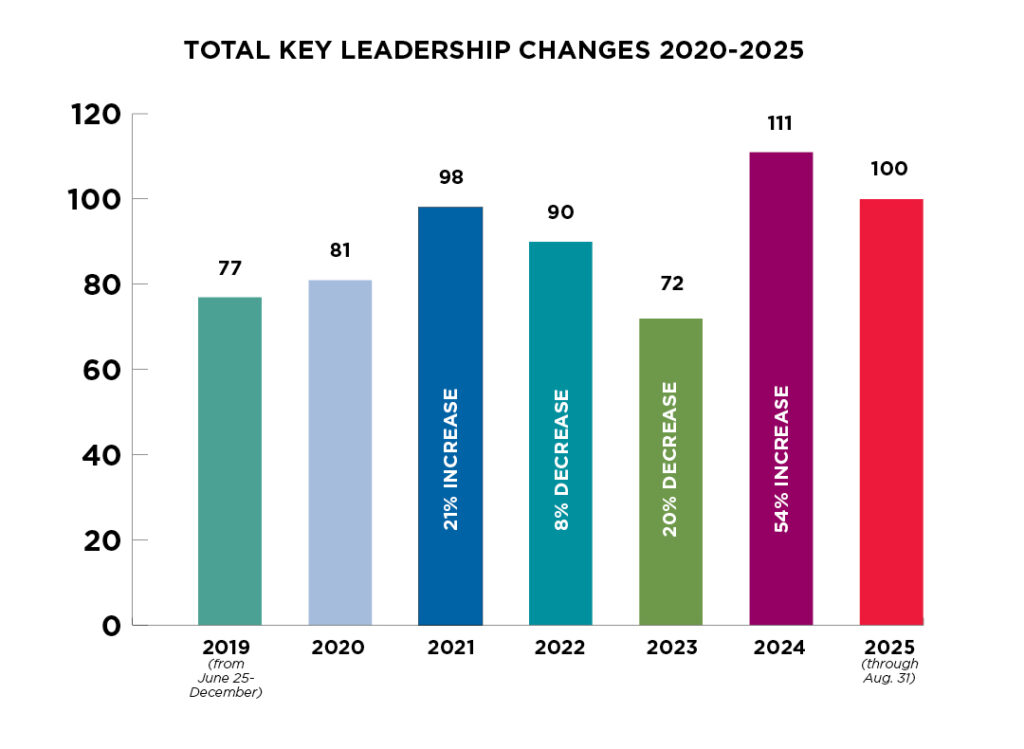The Elbert Files: Capitalism isn’t always pretty

Fed bashing has become popular for some fairly obvious reasons.
The near collapse of the Western world’s economy in 2008 was enough to produce second thoughts, even among die-hard capitalists. And the slow recovery that followed is – you pick the word – bothersome? disconcerting? unconscionable?
That the Federal Reserve is a target of those who want to see more improvement is no surprise.
Many strict constructionists rue the day the Fed was created 102 years ago, and they trace today’s problems to Alan Greenspan and his leadership of the central bank from 1987 until 2006.
Fed Chairman Greenspan’s policies, they argue, inflated, deflated and re-inflated the economy in a series of moves that ultimately produced a massive housing bubble.
Critics contend that we haven’t been the same since that bubble burst. They believe that the manipulation of interest rates by Greenspan’s successors, Ben Bernanke and Janet Yellen, continues to cause problems.
While there is some truth in their arguments, many of these people ignore more history than they remember.
To make my point, I’m going to divert here for a bit before I come back to the Fed.
One thing I’ve learned during 40 years writing about business and politics is that pure capitalism is not pretty. In fact, our economic system has made many of its greatest advances during times of war.
During the Civil War, we invented ships with steel hulls, the repeating rifle and the machine gun. Our modern financial system is rooted in the bonds that the North’s money men created to pay for the war.
Without the First World War, we might still be flying biplanes. The Great War also saw the invention of modern tanks with tracks instead of wheels, which evolved into today’s huge earthmoving machines. Experiments with nerve gas, as awful as they were, evolved into our modern pharmaceutical industry.
World War II gave us rockets and jet engines that led to space travel, along with big leaps in communications, including computers, and, of course, atomic power.
Now, back to the Fed.
The current gripe is that the Fed has held interest rates too low for too long and that the Fed’s zero target rate for federal funds (overnight bank loans) could create another financial bubble.
The larger issue, though, is that many fiscal conservatives don’t believe the Fed should be involved in setting interest rates. Period.
“Interest rates are prices,” wrote author and financial adviser James Grant in a recent Wall Street Journal review of the new book, “America’s Bank” by Roger Lowenstein, about the creation of the Fed in 1903.
Grant argued that it is better to have interest rates set by what Adam Smith described as “the invisible hand” of the marketplace than by the “all too visible hand” of the Fed.
Missing from his argument, and the arguments of other Fed critiques, is any sense of the good that has resulted from Fed actions, and that includes the bubbles that were avoided or deflated before they caused damage.
There is no acknowledgment of the help that low interest rates provided to entrepreneurs, including Bill Gates and Steve Jobs, or of the advances that occurred in manufacturing, real estate, retail, agriculture and other industries because affordable credit was available.
Yes, there are dangers in allowing a central bank to control interest rates. At times, there will be unintended consequences, as happened in 2008.
But from where I sit, the benefits of central bank control outweigh the setbacks.
Undiluted capitalism isn’t pretty, and it occasionally needs a nudge from a visible hand.









